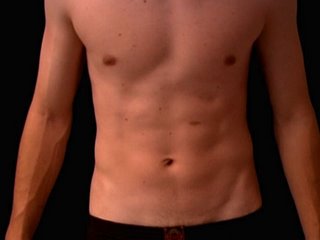The Self-Confidence Formula for Women

We don’t enter the world with it. No one has it all of the time. Talking about it won’t help you gain it. I’m referring to self-confidence. We women have particular difficulty developing self-confidence. We instinctively focus on everyone but ourselves. So taking the time for self-development doesn’t come naturally to us. Girls often are encouraged to be passive, and not too daring or confident. After all, we don’t want to threaten all those guys out there!
We turn on the television or read the paper, and are bombarded by examples of women with great self-confidence. They have a kind of chutzpah that we can’t seem to muster. Jackie Joyner-Kersee, Sandra Day O’Connor and Madame Curie are but a few examples.
So how do these women create the belief in self required to push the limits of their abilities? How do they continue to try, even at the risk of public failure and humiliation? If you asked them, their formula for self-confidence would likely include the following ingredients:
- Take responsibility for yourself. This is the first and most important ingredient in the self-confidence formula. You, and only you, can make new things happen in your life. If you wait for serendipity to provide you with good fortune, or with increased confidence, you’ll be waiting a long time. Realize that the path toward self-confidence is one that you will have to travel — no one else can do it for you.
- Begin to experiment with life. Try something new. Go out to dinner alone. Take a class in an unfamiliar subject area. Teach yourself how to repair a toaster. Testing your abilities at new endeavors is a wonderful way to learn that you can rely on yourself.
- Develop an action plan and implement it. Select one area for personal or professional development. Determine the action steps you will take to get there. Put these steps on a timeline. Now implement each step according to plan — no excuses. Every small step you take will be a great boost to your confidence!
- Stick with it. When you take on a new challenge, stick with it. Self-confidence doesn’t come from each thing you attempt. If it did, one failed effort would bring you back to zero on the confidence scale. True confidence develops from an increasing belief that you can rely on yourself to take action and follow through, no matter what the result.
- Act “as if.” If you put off taking action until you have confidence, you’ll never do it. In the field of psychology we have come to understand that by changing our behavior, we can change our feelings. So if you take action, and do so with a semblance of outward confidence, the inward, true feeling of confidence, will follow.
- Find a mentor. Do you know someone who is confident and continues to take one new risk after another? Watch how they do this. Muster up the courage to ask them to meet you for coffee. Find out how they do what they do, and ask them for feedback about your action plan and implementation. Most confident people are happy to help. They remember the courage and effort it’s taken them to get where they are today.
Well, the truth is “out of the bag.” No more excuses. No more wistful sighs, as you think about that successful gymnast you met, or the woman you read about who returned to medical school in her 60s. Right here, right now, you have the formula to develop your own confidence. So head for the laboratory and start creating, adding one ingredient at a time.


